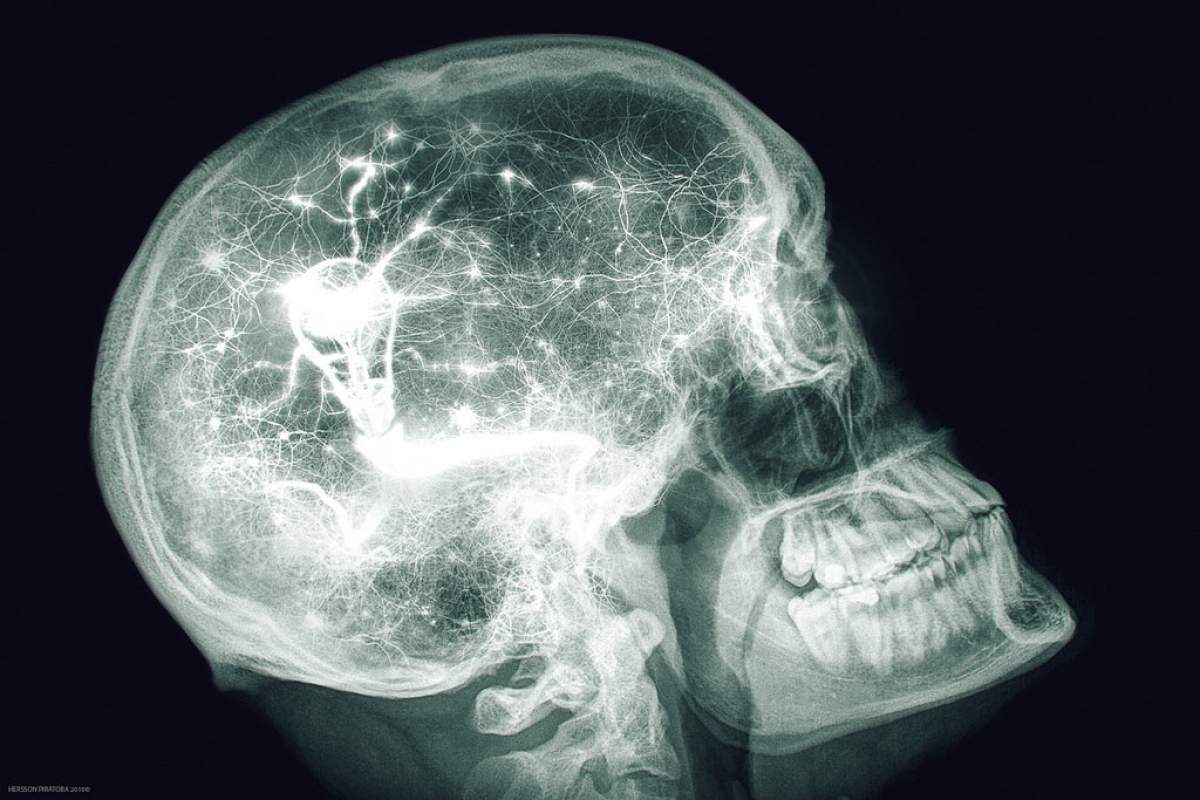
The human capacity for imagination has long been a tantalizing frontier of neuroscience. Now, neuroscientists have made some important discoveries about imagination as an unexpected result of studying the parts of the cerebral cortex involved in vision.
The cerebral cortex is divided into a patchwork of areas with different functions. The areas with visual functions connect to form a hierarchy. Cortical areas at the back of the brain get visual information from the eyes first, and respond to simple features like edges. Signals progress up the hierarchy to areas that respond to complicated features like objects and faces. Signals also travel back down the hierarchy. These may help us recognize the simple features of an object once we know what it is.
Many of the studies about the brain's role in vision were done on animals. When neuroscientists used brain scanning technologies on humans, they made a surprising discovery. They found that some of the same cortical areas become active when people imagine a scene as when they see it. Imagination uses some of the same brain circuits as vision.
A team of researchers from Wisconsin and Belgium used electrodes on the scalp to measure overall signal flow through the visual cortex. In 2014, they reported that when subjects see a scene, signal flow up the hierarchy from bottom to top dominates. But, when subjects imagine a scene, signal flow down the hierarchy from the top to the bottom does.
Sources and Further Reading
- Dentico, D., et al. (2014). Reversal of cortical information flow during visual imagery as compared to visual perception. NeuroImage. 100, 237-243.
- Pearson, J., Rademaker, R.L., & Tong, F. (2011). Evaluating the mind's eye: The metacognition of visual imagery. Psychological Science. 22(12), 1535-1542.









